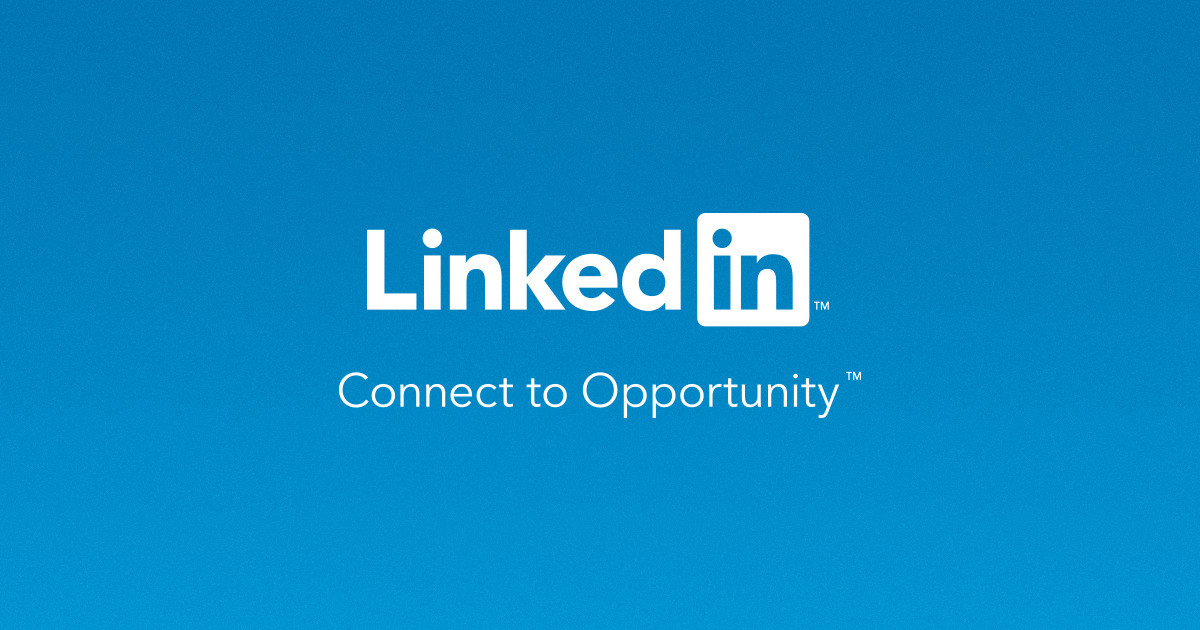Profile
The first thing any prospective client will likely see is your profile picture. This is your first chance to make a good impression. The conventional wisdom is to use a simple headshot. However, depending on your business, you might want to break with convention. If for example, you are an illustrator, then you could use a self-portrait to provide an immediate example of your work. Your profile picture should say as much as about you as it possibly can.
When building your profile, consider the keywords that someone might use to find you and avoid simply listing your job title(s). For example, if you work for a media production business, your title might be Creative Director. However, people are unlikely to search for vague terms. Instead, you might want to consider what roles your title encompasses and put them down instead. Someone is far more likely to search for ‘video marketer’ than a ‘creative director’.
Entice People
Your profile will be listed among numerous other profiles. If you are to generate any business, you need to stand out. Give people a reason to click your profile.
The best way to do this is to combine your keywords with a brief statement about what you do. A Social Media Manager might say something like “Social Media Manager experienced in increasing engagement rate and reducing cost-per-click”.
In the above example, that quick statement tells us the field of expertise, along with knowledge of the important aspects of a social media manager’s job.
Summary, Not Life Story
Your Summary section needs to be clear, concise and speak to potential engagers. Avoid turning into Charles Dickens and scrawling a gigantic wall-of-text that becomes challenging and tedious to read. Instead, write a couple of sentences that indicate your history, and your enjoyment of your work. Share a little bit of your personal journey, but not too much, and then ensure that your summary contains your keywords.
Feel free to give yourself credibility by referencing your experience and previous clients. Above all, make sure your copy is speaking to your target market. Your Summary must stay focused on what you do, and what you offer.
Finally, ensure that your Summary ends with a Call to Action. If you do not include a Call to Action, prospective clients may believe that you are not currently looking for extra work. Instead, tell people what to do next; should they visit your site to contact you? Should they connect on LinkedIn and send you an InMail? You must make it easy for people to take the next step.
Grow Your Network
In searches, LinkedIn favours the profiles of those connected to other connections. You are unlikely to appear high in the search results of someone with whom you have no connections at all.
Connecting with colleagues and previous clients is a good first step. Regarding the latter, past clients are a good way of generating word of mouth leads on LinkedIn. In today’s world, people often defer to their circles when choosing professional services for business. Former and current clients, therefore, are very likely to link to your profile if someone asks for recommendations.
You may also want to consider joining relevant LinkedIn discussion groups. Virtually every industry, from business consultancy to creative writing, is represented on LinkedIn groups. By joining and engaging with these groups, you increase your presence and credibility on LinkedIn, which can lead to more connections and a greater public profile.
Get Active
Too many people treat LinkedIn as a CV storage directory. You cannot expect to put up a profile and for people to come to you. Think about why major brands such as Nike and McDonalds continue to advertise their products and services? It is because they want to remain at the forefront of consumer’s minds. You should treat LinkedIn similarly.
Writing your own posts/articles, and responding to other people’s is a good way of keeping an active profile. If you regularly post insightful and creative content, you increase the chance others will engage with you.
Similarly, engage with new connections. Send them a quick note thanking them for connecting with you, and offer them something of value. Whenever someone endorses you, do the same. Avoid using automated services for this, however, as people quickly become accustomed to automation and it lacks the personal touch.
Encourage Testimonials
LinkedIn has one major advantage over a website – the testimonials are definitely credible. When you see a testimonial on a website, often you have little to no evidence that the testimonial is not made up! A testimonial on LinkedIn, however, is traceable to another profile. This is the reason why every testimonial on Robin Lines Associates is taken directly from LinkedIn. A user can click through to LinkedIn and see the endorsements on my LinkedIn profile.
When generating leads on LinkedIn, many people will head straight to the testimonial section. They are looking for evidence that a person is capable of delivering what they promise in their profile.
A good way of encouraging testimonials is to offer them yourself. If you have worked with a particularly good client, then let the world know. You might be providing a service for them, but it does not prevent you writing words of appreciation for a good manager or consultant. Much like sharing business cards, one kind gesture often encourages another.















